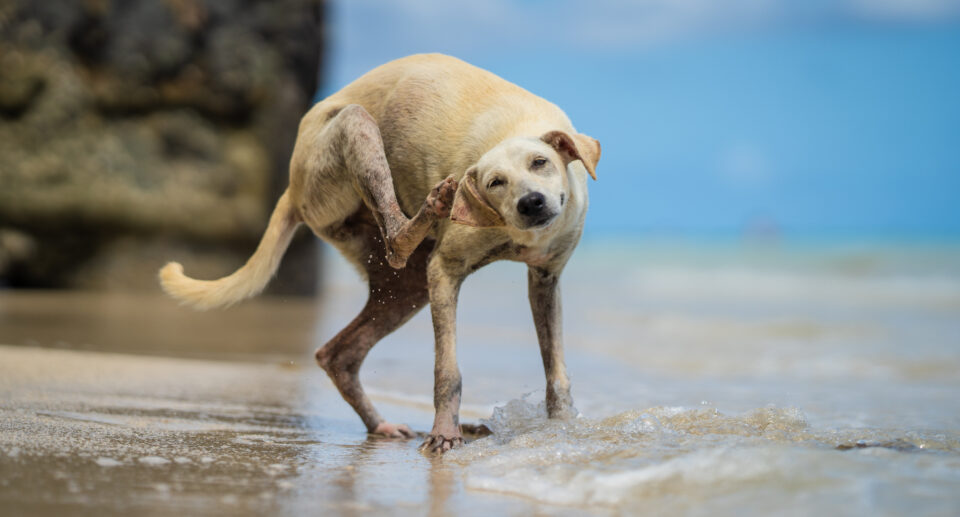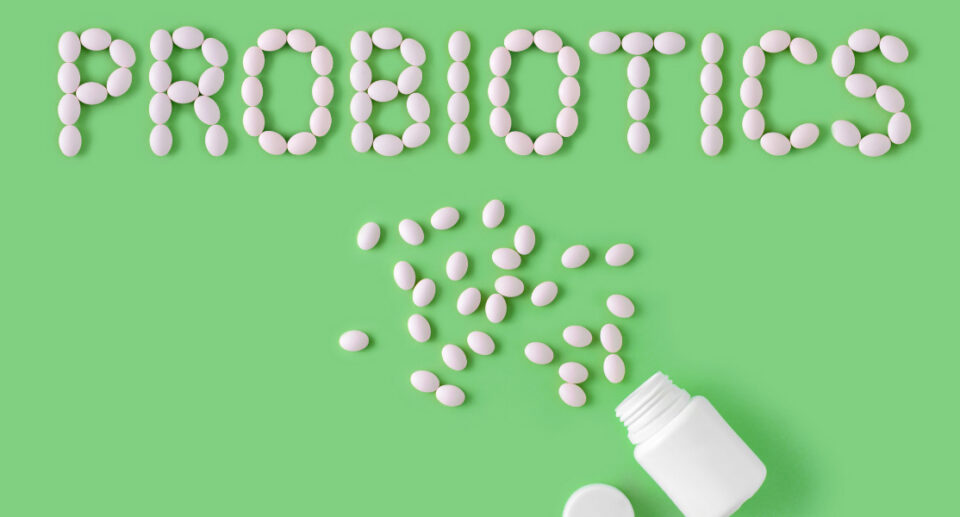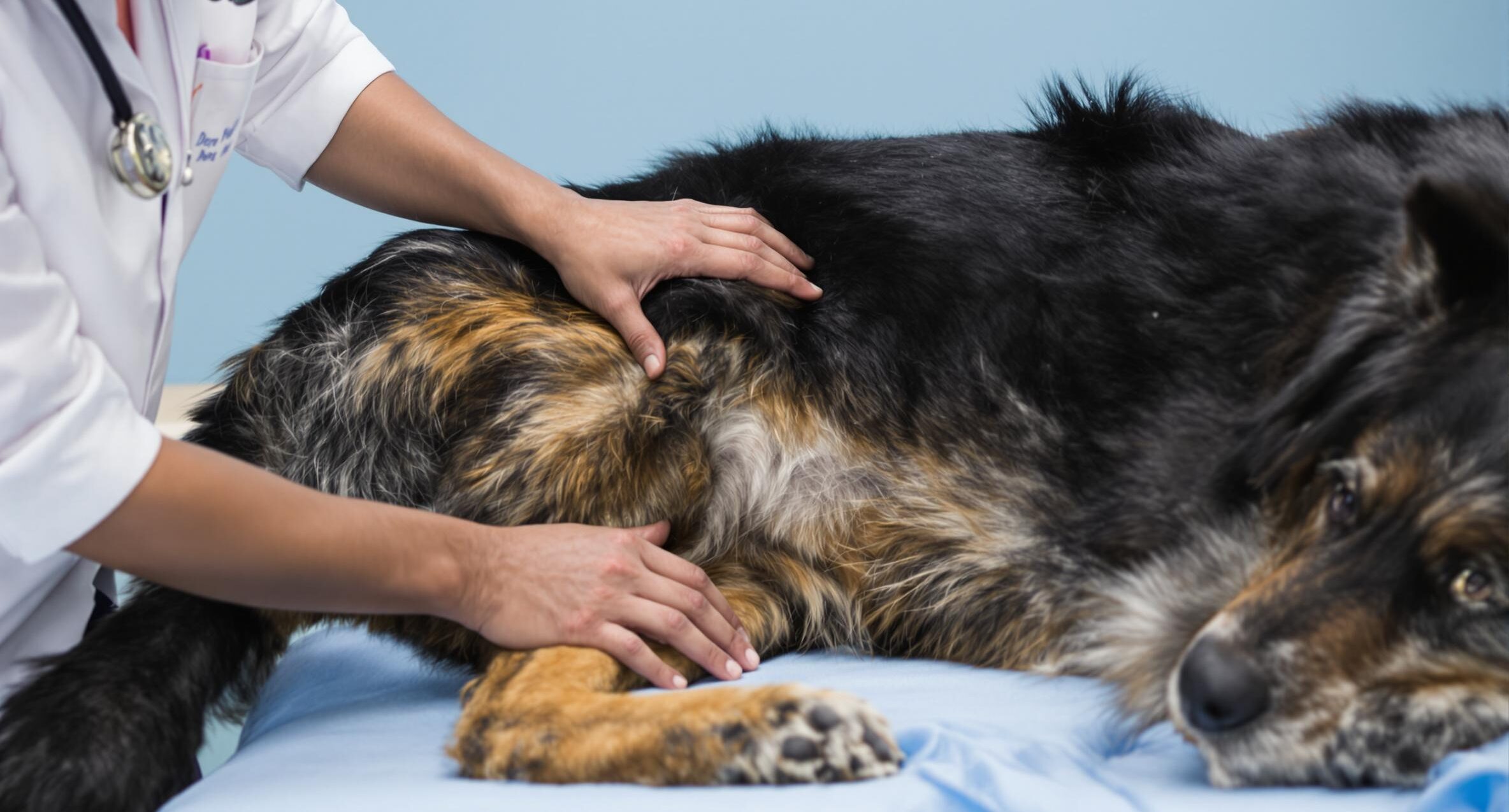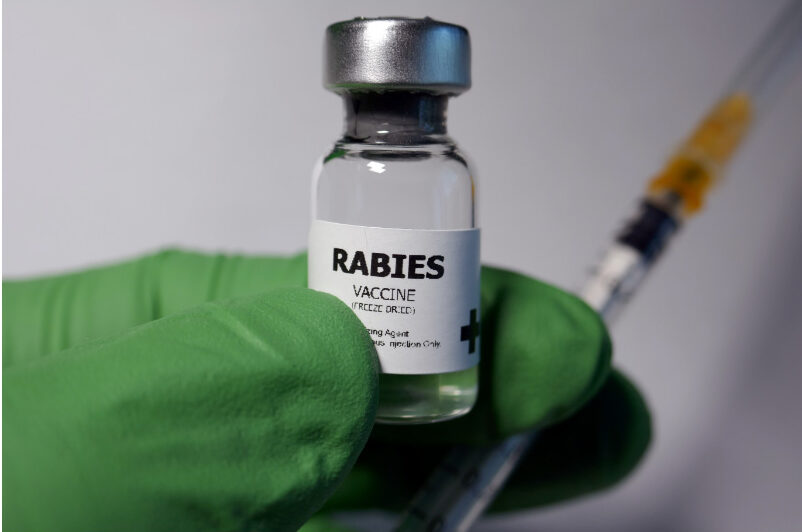
IVDD (Intervertebral Disk Disease) is a spinal condition that commonly affects dogs, and, rarely, cats. Also known as a “slipped disk,” it can cause pain, immobility, and loss of sensation in the limbs. Whether your pet has been recently diagnosed, may be genetically predisposed, or you just want to learn more about this common condition, read on to learn the symptoms, treatment options, and other important facts about IVDD in pets.
What is IVDD in Dogs and Cats?
The spine is made up of small bones, called vertebrae, and the spinal cord, a delicate column of nerve tissue, runs through the center. Between each vertebra is cushions of cartilage known as “disks,” that absorb shock, prevent friction between vertebrae, and allow the spine to bend and curve as your pet moves.
Each disk has a thick outer shell that surrounds and protects a soft, inner pulp. With normal aging and wear-and-tear, the outer shell wears down. Sometimes, it wears down so much that the shell ruptures and the soft, inner tissue escapes upwards, pressing into the delicate spinal cord. This is what causes symptoms like pain, paralysis, and loss of sensation.
Which Pets Are At Risk for IVDD?
IVDD can happen to any animal at any age, but it’s most common in middle-aged dogs around three to seven years old. Breeds with a long body and short legs, such as Corgis, Dachshunds, Cocker Spaniels, and Shih-tzus, as well as some large breeds like German Shepherds, Standard Poodles, and Dobermans, may be genetically predisposed to developing a slipped disk.
There are two types of IVDD. Type I is common in long, short-legged dogs like Dachshunds, and it causes the outer shell of the disk to harden, making it more susceptible to rupture. It usually affects the mid-back and manifests as pain or paralysis in the hind limbs, usually after a high-impact event like jumping off a bed. Type II IVDD is more common in large breed senior dogs, it’s chronic and tends to happen gradually.
Around 3.5% of dogs will have one incidence of IVDD in their lifetime and may make a full recovery. As many as 25% of dachshunds will have one or more occurrences. Pets that recover from their first incidence have a 20% chance of slipping a different disk later in life.
What are the Symptoms of IVDD?
Degeneration of a vertebra disk can happen gradually, or it may happen suddenly. You might notice:
- Hunched neck or back
- Wobbly or abnormal walking
- Sudden inability to jump on furniture or climb stairs
- Weakness, lameness, or limping in one or more limbs
- Crying out in pain
- Inability to control bladder or bowels
When a disk is in the upper, cervical region of the spine, all four limbs will be affected. If it’s a disk in the thoracolumbar region or mid-back, only the hind limbs will be affected.
If you notice any of the above symptoms, seek emergency veterinary care. IVDD can quickly advance from mild to severe, and your pet’s chances of making a full recovery are much greater if they’re treated in the first few days, ideally within hours, of the first signs.
How is IVDD Diagnosed?
While the soft tissues of the spinal cord and disks do not show up in x-rays, they can still show evidence of disk degeneration, and can also rule out other causes of pain or paralysis. Sometimes a dye is injected into the spinal cord so it will be visible in an x-ray. An MRI or CT scan may be necessary to get a clearer view of the soft tissues.
IVDD is graded on its severity, which will determine the best course of treatment.
Grade 1: Pain, but no weakness in limbs
Grade 2: Pain and weakness, may drag toes while walking, but walking is still possible
Grade 3: Pet can no longer walk on their own, but can still move limbs and may walk with support
Grade 4: Pet cannot move limbs, or urinate on their own, but has feeling in extremities
Grade 5: Pet is completely paralyzed, with no sensation in extremities
How is IVDD Treated?
For pets with grade 1 IVDD, your veterinarian may prescribe medication to control pain and inflammation. Your pet will require strict crate rest for 5-6 weeks, then light activity for another 2-3 months. Most likely, they will make a full recovery within a few months.
For pets with moderate to severe IVDD, emergency surgery is usually the best option. Surgery is successful for over 95% of patients even in stage 5 as long as treatment begins within the first day or two of onset.
Therapies like acupuncture, massage, physical therapy, hydrotherapy, and holistic supplements can be helpful to pets with IVDD, but should be used alongside conventional treatments and only under the guidance of a veterinarian.
Prevention for Pets Predisposed/ With History of IVDD
If your pet is of an at-risk breed, is a mixed breed with a long body and short legs, is middle-aged, or has a history of IVDD it’s crucial that you take steps to protect them. Do not allow your pet to climb on furniture or jump in or out of a vehicle without assistance. Use pet steps and ramps to minimize unnecessary stress on your pet’s joints.
Supplement your pet’s diet with joint-building supplements that contain omega-3 fatty acids, glucosamine, chondroitin, and MSM.





